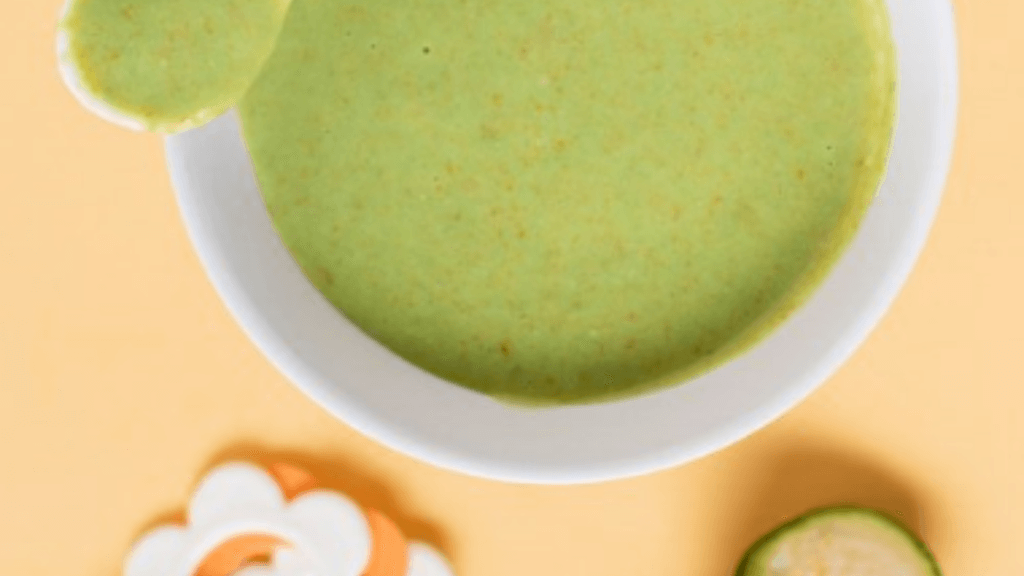Saying “No!” to a crying child at the checkout counter of a large supermarket whose stalls in this very area are overflowing with sweet treats is an all-too-familiar scene for most parents. A thin trickle of cold sweat runs down the adult’s back as all eyes are fixed on him reproachfully, and the cashier with her eyes says, “Come on, at least get him a chocolate egg, so the kid doesn’t roar.” You know what we’re talking about, right?
There is no doubt that the sweet taste of foods is tempting – not only for children but also for a large number of adults. But excessive consumption of foods containing a high amount of sugar poses a number of risks to the health of the little ones.
There is no doubt that the sweet taste of foods is tempting – not only for children but also for a large number of adults. But excessive consumption of foods containing a high amount of sugar poses a number of risks to the health of the little ones.
It sounds more than an achievable mission, but the truth is that sugar is a commonly used ingredient in most products in our daily lives. For example, a can of soda typically contains about 40 grams of sugar (about ten teaspoons), and a tablespoon of ketchup contains about 4 grams of sugar (1 teaspoon). That’s why we have to be especially careful when preparing the family’s daily menu – it’s just that sugar is present almost everywhere.
Types of sugar – natural and added.
Let us, first of all, tell you about the different types of sugar. Broadly speaking, there are two types of sugar – natural and added.
Natural sugar is found in fruits, vegetables, grains, legumes, and dairy products.
Added sugar is refined sugar that is added to products during their processing. It gives us good taste and a short-term rush of pleasure.
How to limit sugar?
It would be too harsh to tell you to ban all treats from your children. We all reach for the goodies sometimes, and sugars are carbohydrates, which are the body’s main source of energy. However, to make the children healthier, you could apply these methods:
Offer children more fruit. It takes a little effort to get your child used to reaching for a bowl of blueberries and apple slices instead of jelly beans.
Offer your children soft drinks instead of sodas. Both are sweet and delicious, but homemade fruit juices are healthy and rich in natural sugars.
Just don’t keep sweet treats at home. It really is just as basic as it sounds. If your child doesn’t have access to chocolates at home, they won’t eat them. He may get angry at first, but this will quickly subside if you offer him homemade ice cream and board games instead of a waffle.


